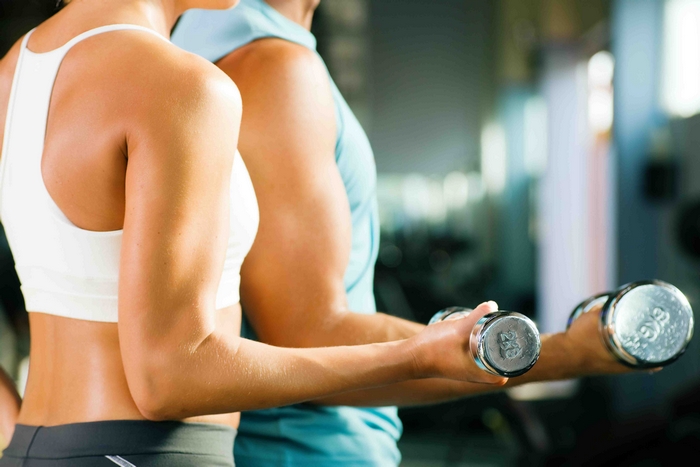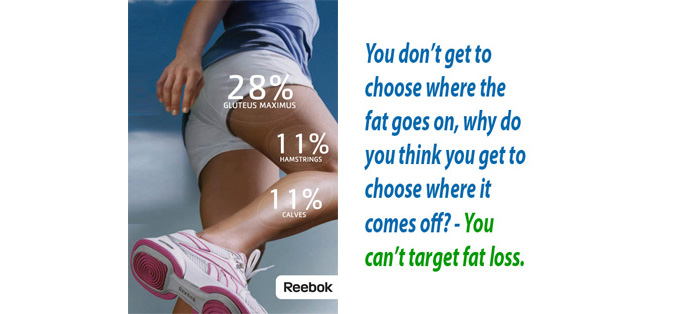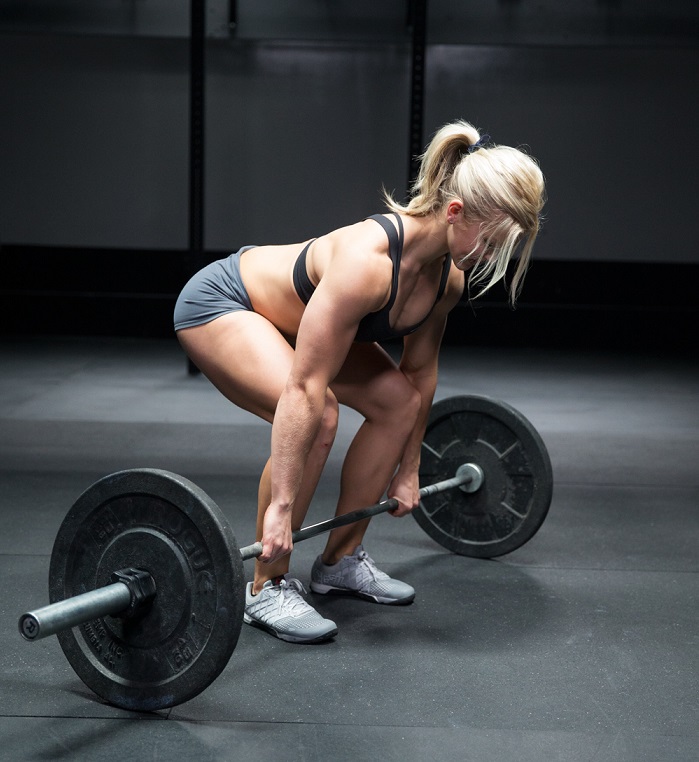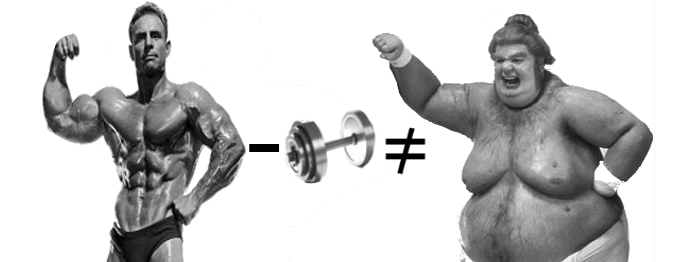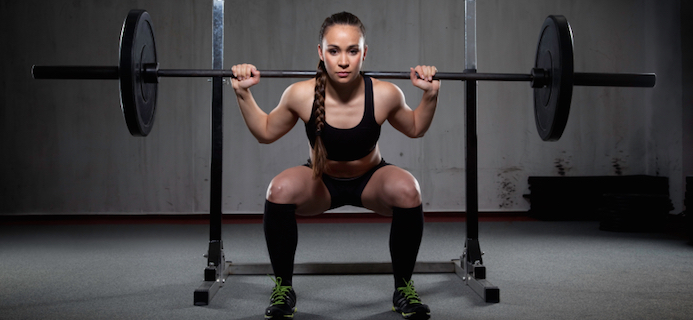Very often we see specialized, “according to our needs”, articles, guides, and products that are marketed as “revolutionary” in the fitness and nutrition industries, promising us “never seen before” results. Believing these commercials and hoping to reach their goals of getting fit and losing weight fast, people spend their energy, time and money, only to find themselves back in the same mood couple of months later, no progress and again, waiting for the next “big revolutionary thing” to come up and lift those heavy weights for them.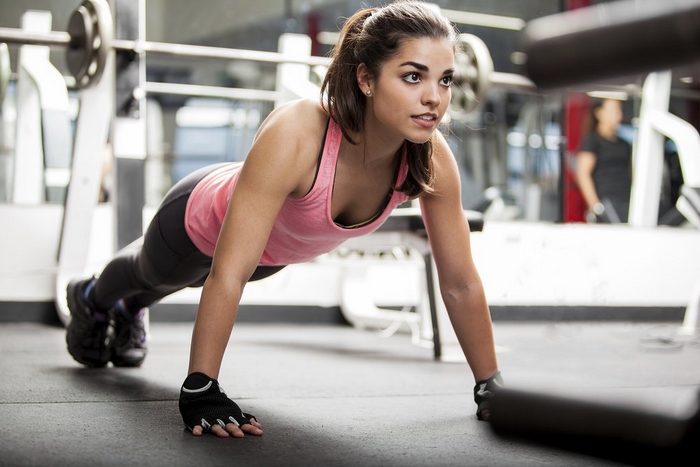
The main reason holding women back from reaching their goals, getting fit and losing weight i.e. training the good old (and hard) way, are the myths about female fitness and weight-loss, nested deep in their heads. Being active in the gym for the past couple of years, I have been hearing these myths about female fitness way too often. That’s why in this post I will cover the most common and misleading ones, giving you the basics which will set you on a right path to success, the path that is proven to work, the path where you won’t need to spend extra bucks every now and then, on new “revolutionary” fitness products.
Female fitness myth #1 Lifting heavy weights makes women bulk
“But I don’t want to get bulked up, like those female bodybuilders”. Well, you just can’t, even if you want to, you can’t get that huge by simply lifting heavy weights. Here are the two main reasons why you can’t get big:
– One: Testosterone – the main hormone responsible for muscle growth. The average woman produces only one-tenth (1/10) of the testosterone the average men does. So, the rest of the testosterone needs to be taken from outside of the body, but you don’t plan on injecting yourself with steroids, do you?
– Two: The female bodybuilders train for years and years, sticking to rigorous nutrition plans, counting every calorie, every food they eat through the day, optimizing it for the best results in muscle gains.
So don’t worry, you just can’t get that big “overnight”, even if you try your best. Lifting heavy weights will make you stronger and also help you burn more calories when exercising. Having said that, next time you enter the gym, go for the heavier dumbbells.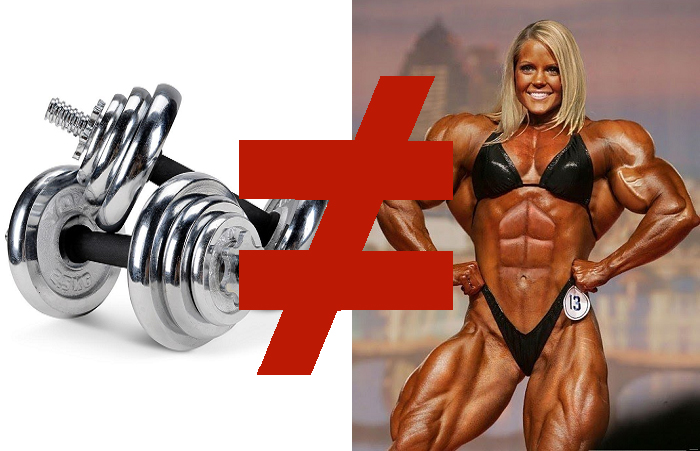
Female fitness myth #2 – You can target your fat burn
“I want to remove only my belly fat.” – Sorry to disappoint you again – not possible.
The body is genetically predisposed to store fat in certain locations in a certain order. In the same way, there is a specific order of burning the fat. The order is different for everyone. Some people may lose the belly fat first, the neck fat second, leg fat third and so on, while some may lose it in a completely different order. Having said this, there is no way for you to target the fat burn.

Think of it this way – is there a special food that you can eat for feeding only the legs muscles? Special food for getting strength only in your arms? Sounds stupid, right? That’s why there’s no specific exercise nor food that controls which fat is removed first, which later.
You can target the muscles that you train which is not the same as targeting fat burns. No matter the amount of repetitions made, no exercise will change the order of fat burn. A good advice here is to do big compound exercises, as opposed to isolation exercises. These are the ones that recruit lots of muscle (ex. deadlifts, squats, lunges, bench presses) and will force your body to rebuild more muscle, which means more calories burned after the workout is done.
You can check this video, it perfectly explains how to do a deadlift.
Female fitness myth #3 – Once you stop working out your muscles will turn into fat
This is the same like saying that you can turn clay into gold or water into wine. It’s said that only Jesus did the second one, but again, you are not Jesus. 🙂 Muscle is muscle and fat is a fat. They are both different tissues and they can’t be converted one into another. When you stop exercising and eating healthy, a change in the body composition is made i.e. fat increases, muscle decreases.
Female fitness myth #4 Running makes you fit
Running (jogging) is not the answer to your question – whether that’s getting fit or losing weight. If you haven’t been on any fitness program that includes strength training, running will likely get you more harm than good.
You must understand that running is a sport, just like basketball, tennis, golf etc.. It is not a weight-loss or fitness activity. When running, every foot strike brings pressure to the knees and ankles, and if you are not well prepared your chances of getting an injury are increasing. Here I would like to quote Diane Lee – “You don’t run to get fit, you need to be fit to run”. If you are interested in reading further on this issue, I would suggest this article.
Female fitness myth #5 Squats are bad for the knees
Actually, if performed right, squats are good for your knees. Make sure that you do full squats, squatting deep on every repetition. Stay on your heels and go as low as you can, just like siting back into an imaginary chair.
Female fitness myth #6 Men and women should train differently
Often we see exercises that are performed by men only, fitness accessories targeted only to women and gym machines that are used (again) only by one gender, with the explanation that men and women should train differently. This one is a complete nonsense. Apart from hormones compositions (mainly levels of testosterone and estrogen) and few issues that women deal with that men do not (periods, pregnancy, menopause etc.) – the composition of muscles, muscle contraction and extension, muscle regeneration and growth work the same in both genders. Knowing that the muscles function the same way in both men and women, there is absolutely no reason for women to train differently than men. I would definitely recommend reading the book “Strength Training Anatomy” by Frederic Delavier, if you want to learn more about the basics of weight-training.
